Artillery of the Korean People’s Army. Part of 1. Towed systems and mortars
Immediately after the creation of the KPA, Soviet artillery systems began to be supplied to it. In total, before the start of the Korean War, the following were delivered: 2499 artillery systems:
- 646 45-mm (sample 1937 g. And M-42 sample 1942 g.) And 24 57-mm (ZiS-2 sample 1943 g.) Anti-tank guns;
- 561 76-mm regimental (1927 and 1943 years), mountain (model 1909) and divisional (F-22 model 1936 g., USV sample 1939 g. And ZiS-3 model 1942 g.) Guns;
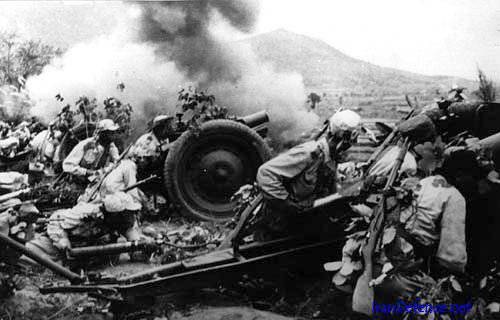
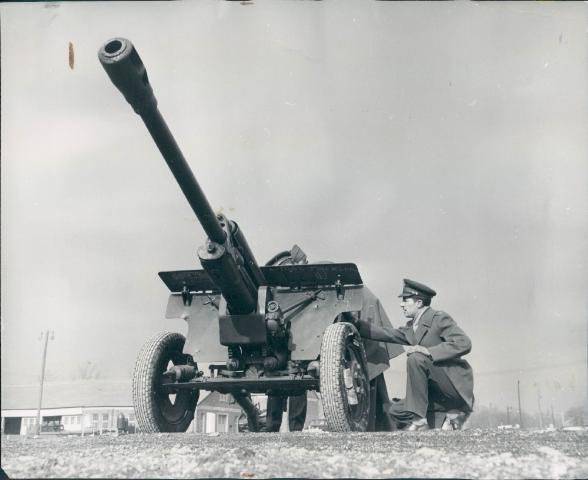
- 192 122-mm howitzers (model 1910 / 1930's and M-30 model 1938);
- 877 battalion 82-mm (sample 1937, 1941 and 1943), 199 107-mm mountain (sample 1938) and 120-mm regimental (sample 1938, 1941 and 1943) mortars.
There were also samples of artillery installations of Japanese origin: the 70-mm howitzer "Type 92" and 75-mm field gun "Type 38", remaining from the time of the Japanese occupation of Korea.
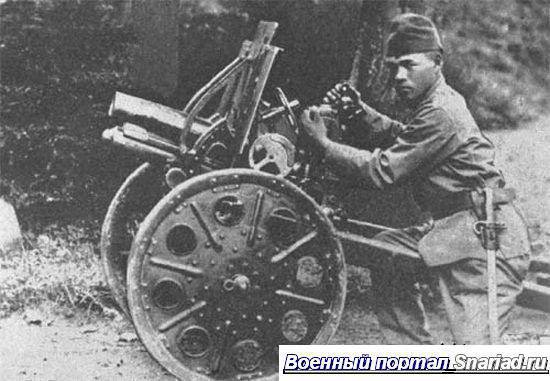
Of course, supply continued in the course of the Korean War, which supplied not only the Soviet artillery systems, but also captured German captured during World War II: 105-mm light field howitzer sample 1918 / 1940 leFH 18 / 40, 150-mm heavy field howitzers arr. 1918 of the sFH 18 and even the famous Nebelwerfer 42 rocket launchers.
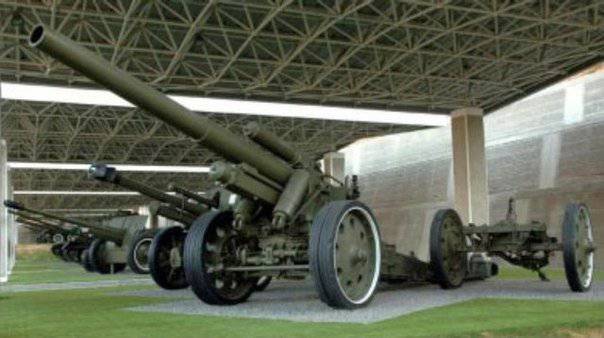
Thanks to Soviet supplies, the KPA ended the Korean War with twice as many artillery systems as compared to that. what she had at the beginning of this war. On the date of the end of the Korean War, 27 July 1953, the KPA had 5397 field artillery guns and mortars:
- 45-mm anti-tank guns - 628;
- 57-mm anti-tank guns - 92;
- 76-mm regimental, mountain and divisional guns - 722;
- 107-mm guns, used as a coastal, - 50;
- 122-mm howitzers - 288, 82-mm battalion mortars - 2559;
- 107-mm mountain and 120-mm regimental mortars - 968.
During the Korean War, North Korean artillerymen demonstrated high proficiency and heroism. Thus, the coastal batteries, which received the usual Soviet field guns of the 76 caliber and 107 mm, conducted fierce artillery duels with enemy cruisers, destroyers and patrol ships. Even the American battleship New Jersey was among the enemy ships damaged by them. Of course, the steel giant got off with a "mosquito bite." 7 January 1951, the North Korean gunners won their biggest victory in the war. Off the east coast of Korea, a Thai frigate "Prasae" of an English construction of the type "Flower" (formerly Pennant w / o K274, transferred in 1947) with a displacement of 1030 tons, which came to attack coastal targets, fell under a massive 5-10 fire with guns disguised . The frigate came too close to the shore, and already the third volley was covered. The gun crew was almost completely destroyed, several shells hit the superstructure, and a fire broke out in the middle part, which could not be extinguished. The following hits were set on fire aft superstructure. The commander threw the ship into the shallows. There the ship burned for almost a day. 13 January frigate "Prasae" was excluded from the service of the Thai Navy.
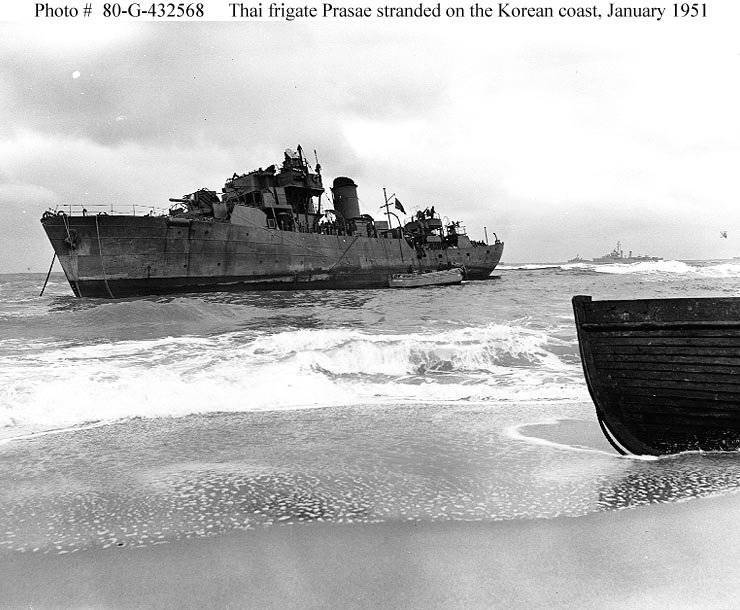
Soviet and then Chinese shipments of artillery systems continued after the end of the war. However, the DPRK has established its own production of artillery systems, and is currently capable of producing, according to Western experts, 3 000 guns of a caliber higher than 100 mm per year.
Currently, the KPA has, in addition to self-propelled systems, 3,5 thousand towed field artillery guns (122-mm cannon and howitzers, 130-mm cannon and 152-mm howitzers, howitzers-cannon and cannon-howitzers - all Soviet designs) and up to 7,5 thousand mortars (domestic 60-mm, Soviet 82-, 120-, 160- and 240-mm) in the 2 artillery corps and 30 artillery brigades. There are also artillery units of the RKKGv with powerful armament up to 130-mm long-range field guns and 122-mm 40-barreled rocket salvo systems of the type of Soviet BM-21 "Grad" mounted on trailers towed by agricultural tractors. Thus, without doubt, the KPA ground forces have powerful field artillery, which seems to be superior in its total firepower to the artillery of the South Korean army. At the same time, in part of the fire control and artillery reconnaissance systems, the North Koreans are significantly inferior to the enemy. However, in turn, they hollow out firing positions in the rocks.
And they actively use dummies of artillery guns and equip false firing positions for misleading the enemy.
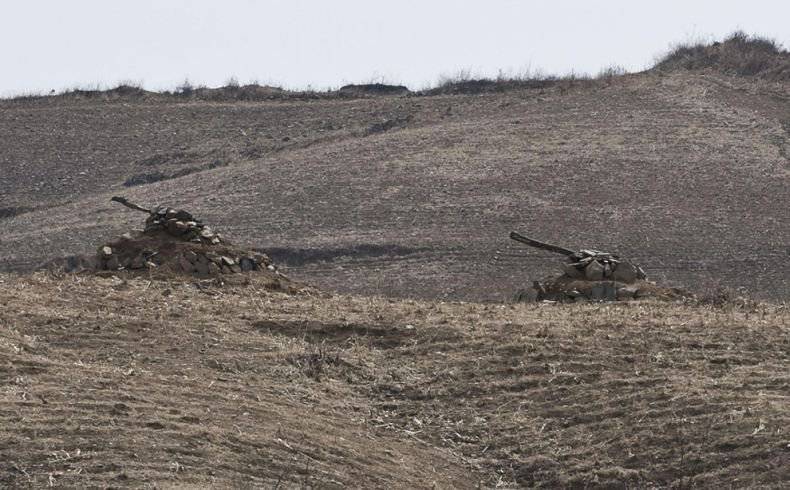
All experts note the high combat qualities of the North Korean artillerymen, despite the lack of modern fire control systems. Thus, during an artillery shelling of the South Korean island of Yonpkhedo in the Yellow Sea on November 23, 2010, the DPRK artillery, represented by obsolete towed 130-mm cannons M-46 and, possibly, 76-mm ZiS-3X, which are part of the same, which has not been broken. of these, about 12 shells hit the target.
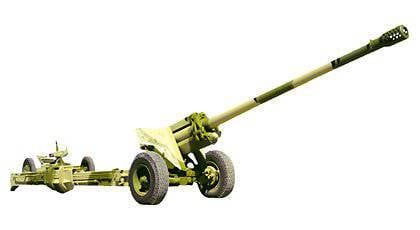
As a result of the shelling, 14 South Korean soldiers were injured, three of them were seriously injured, four were killed. It was also reported that part of the houses of civilians were destroyed.
In turn, the South Korean artillery, equipped with modern 155-mm self-propelled howitzers K9 Thunder of its own production, fired 50 shells in response, without causing any significant harm to the North Koreans.
After which both sides exchanged more 20 — 30 with volleys from each side.
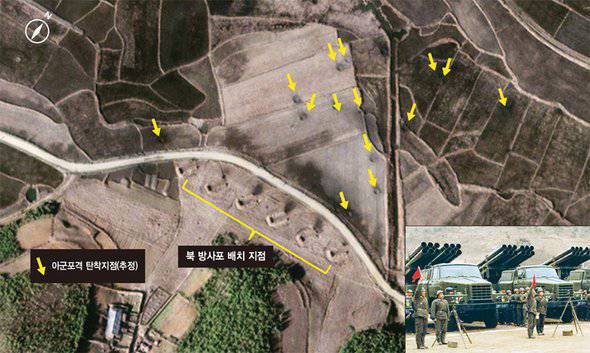
North Korean towed artillery is represented by the following systems:
- 122-mm howitzer model 1938 of the year M-30, deliveries of which began before the start of the Korean War and continued after its completion. In addition, the DPRK supplied its Chinese copy of the "Type 54". Currently, the M-30 howitzer and "Type 54" are being removed from service and transferred to mobilization depots and RKKG.
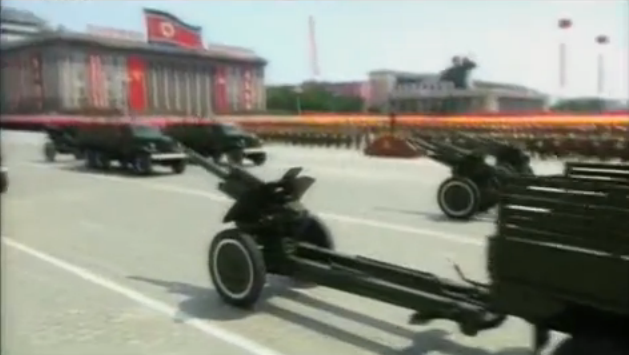
- X-NUMX-mm howitzer D-122 (30-2). However, at its base, the North Koreans created their own howitzer using the D-18 barrel and the 30-gun carriage of the M-130 cannon or its Chinese counterpart, Type 46.
- 122-mm gun model 1931 / 37's (A-19), the first copies of which were delivered before the start of the Korean War. They are used in the coastal defense system, may have already been decommissioned and transferred to mobilization depots or RKKG.

- 122-mm cannon D-74 and its Chinese copy "Type 60" and modification "Type 59-1" under the caliber 130 mm, which 6,3 tons lighter than the gun M-46. The gun has an effective range of 23 900 meters, however it was created in the 1955 year. There is evidence that the DPRK imposed the production of modernized guns D-74.
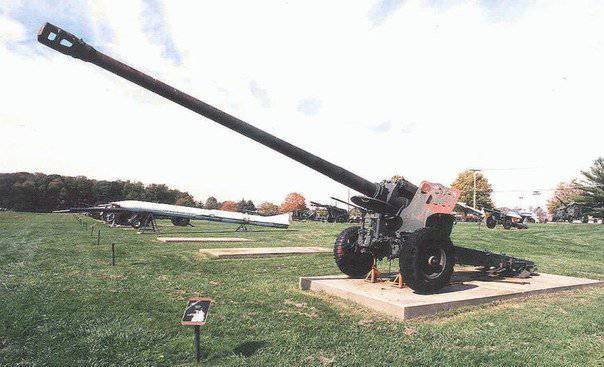
- 130-mm cannon M-46 and its Chinese copy of "Type 59" with a maximum range of 37 km, which at one time was the most long-range weapon of the Soviet Army, with the exception of large and special power guns.
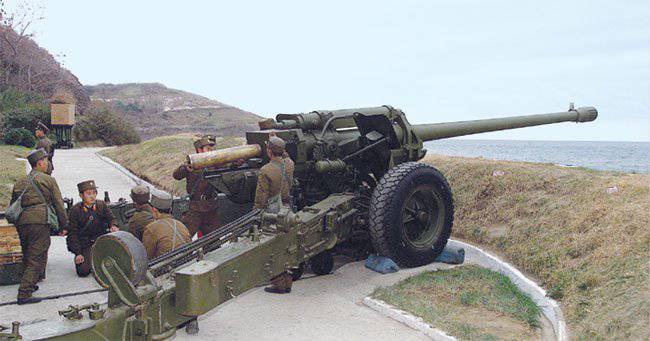
- 130-mm artillery SM-4-1, used in coastal artillery.
- 152-mm howitzer model 1938 of the year (M-10) with a maximum range of 13 700 meters, the first copies of which were also delivered before the start of the Korean War. They are used in the coastal defense system, may have already been decommissioned and transferred to mobilization depots or RKKG.
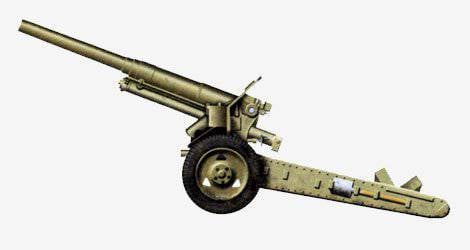
- 152-mm howitzer gun model 1937 of the year (ML-20), the supply of which also began before the Korean War. ML-20, having a maximum range of 20 500 meters, is still in service with the KPA.
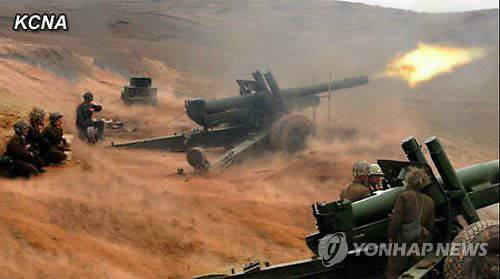
- 152-mm howitzer model 1943 of the year (D-1) with a maximum range of 13 700 meters. A certain amount of D-1 is in service with the KPA, however, some of the guns are already stored and transferred to the RKKG.
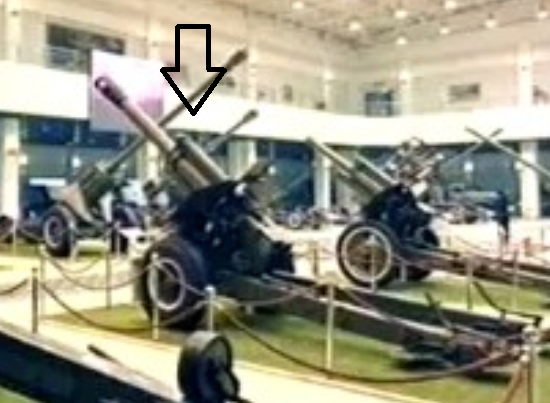
- 152-howitzer cannon D-20 and its Chinese copy of "Type 66". However, the DPRK produces its own version of the D-20 with a muzzle brake, borrowed from the Soviet 130-mm coastal artillery SM-4-1. The gun-howitzer has a maximum range of 24000 meters and is the main towed instrument of the KPA.
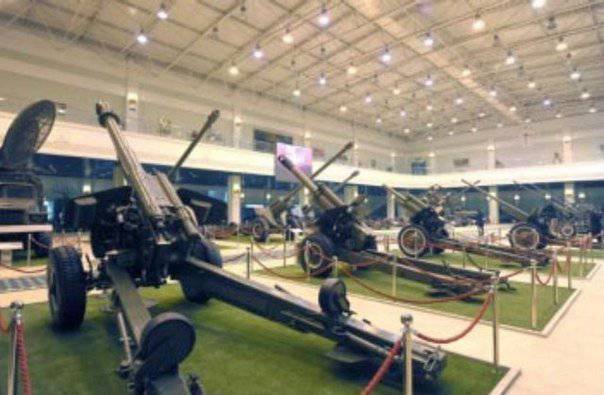
Mortars:
- 60-mm rotary mortar "Type 31", is a Chinese unlicensed copy of the American mortar M-2 since World War II, a large number of which was seized during the Korean War. The total length is 0,726 m, combat weight - 19 kg. Elevation and rotation angles are not limited, as the mortar was mounted on a rotating mount. Firing range fragmentation mine weighing 1,34 kg - from 68 to 750 m, the initial speed of the mines - 158 m / s, practical range to 320 m, maximum - 1800 m.
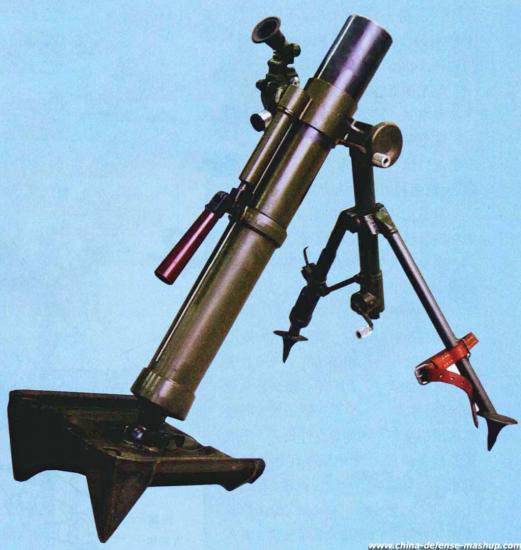
- The 82 mm battalion mortar of the 1937 model of the year (BM-37), its modifications of the 1941 and 1943 model of the year and the Chinese copy of "Type 53". It is also possible produced in the DPRK itself. Shipments of Soviet 82-mm mortars began even before the start of the Korean War, after which the Chinese supplies were added.
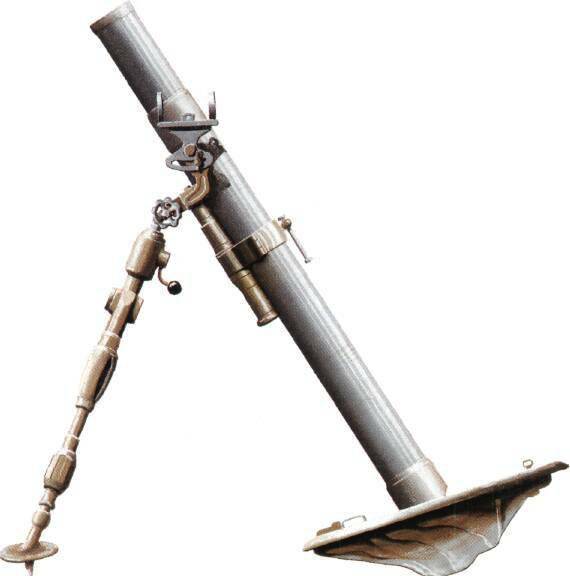
- 120-mm regimental mortar model 1938, PM-38.
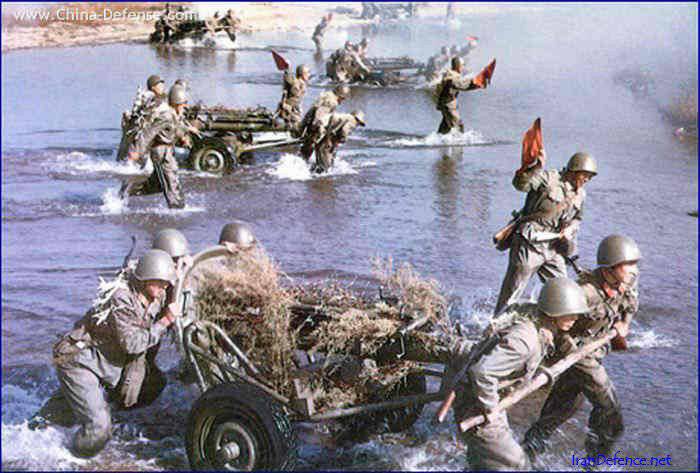
- 120-mm regimental mortar model 1943, PM-43.
Perhaps these mortars are produced in the DPRK itself, in addition, on their basis a self-propelled mortar was created using the North Korean-made VTT-323 BTR chassis.
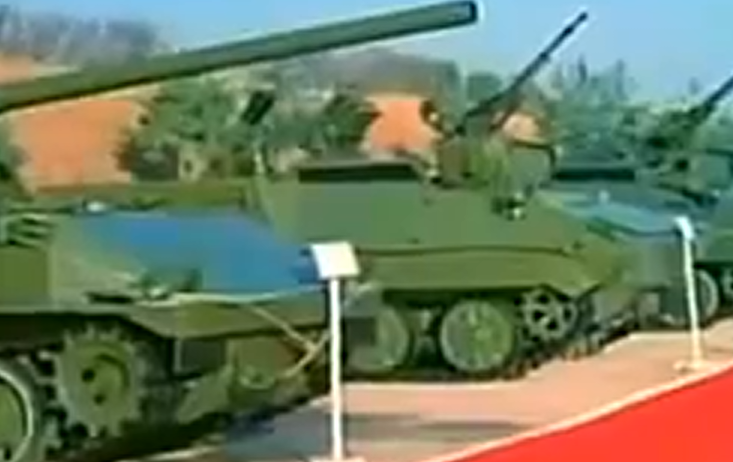
- 160-mm division mortars of model 1943 of the year (M-43) and model of 1949 of the year (M-160) and its Chinese copy "type 56".
- 240-mm mortar M-240 1950 model year. Loading the mortar is made from the breech, for which the barrel is lowered into a horizontal position. Firing range from 800 to 9650 m. Mortar shoots a high-explosive mine F-864 mass 130,7 kg with a mass of explosive charge 32 kg.
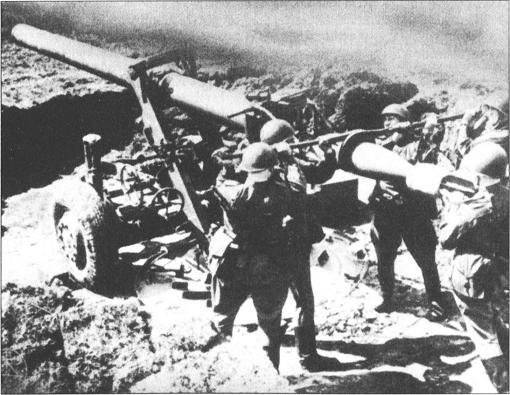
On the materials of the sites:
http://forums.airbase.ru/
http://www.militaryphotos.net/
http://www.militaryparitet.com/
http://shushpanzer-ru.livejournal.com/
http://strangernn.livejournal.com/
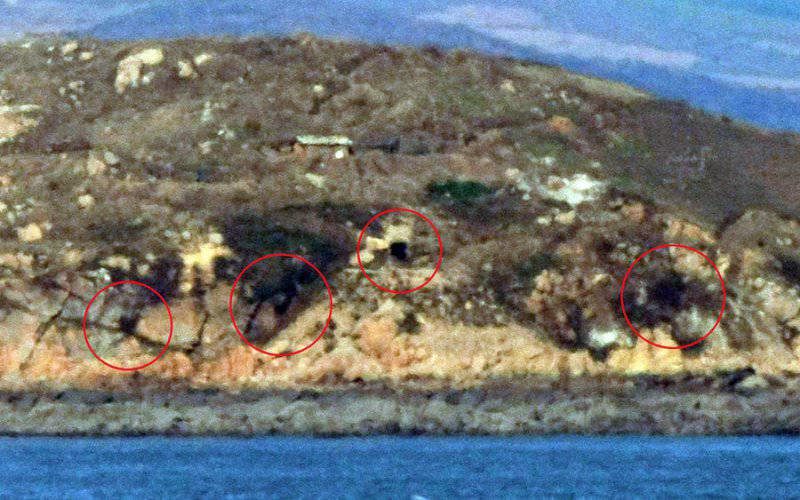
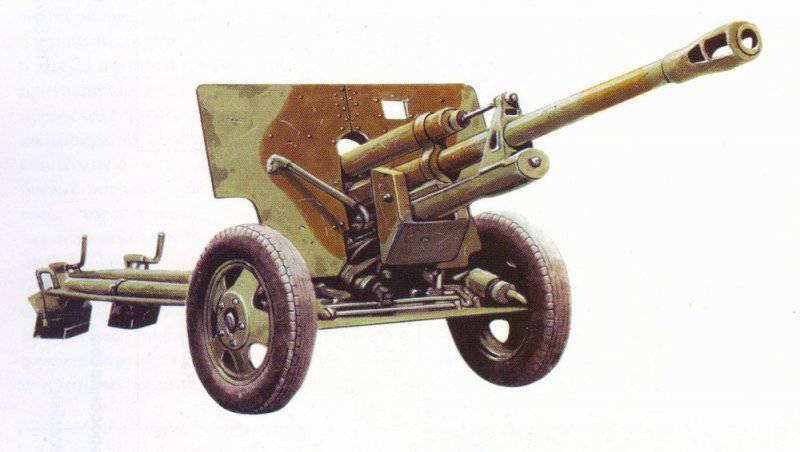
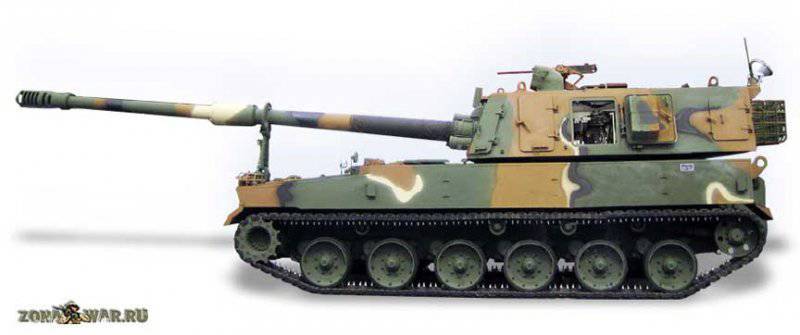
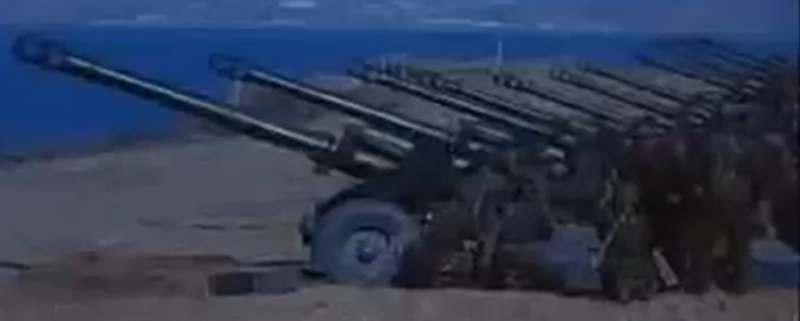
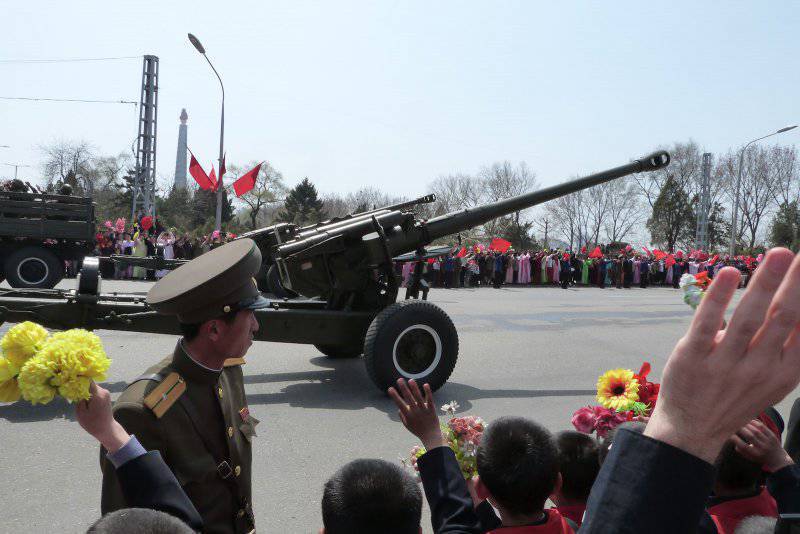
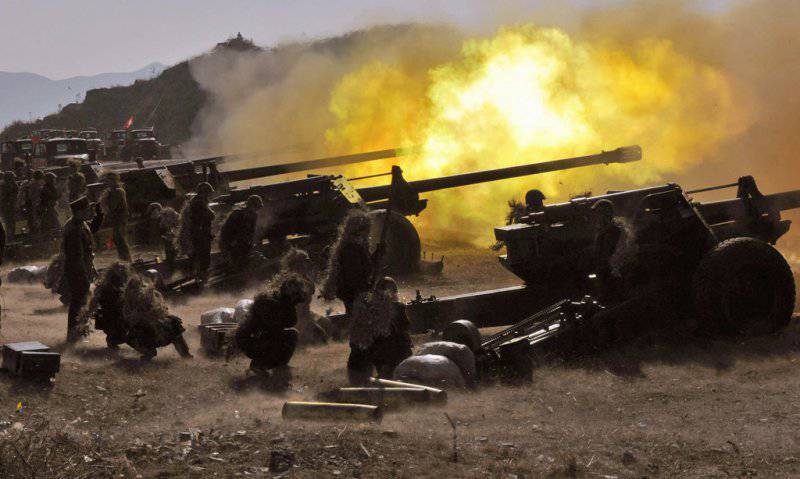
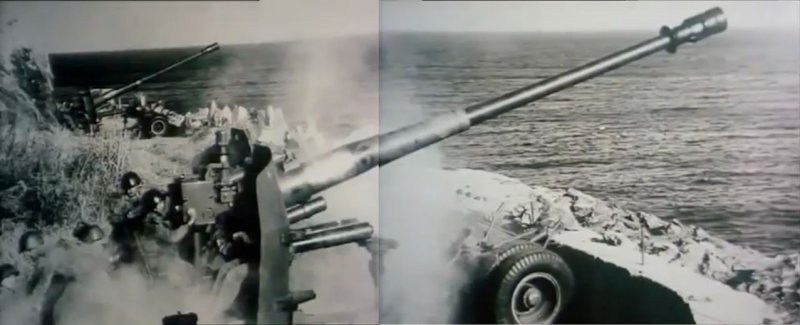
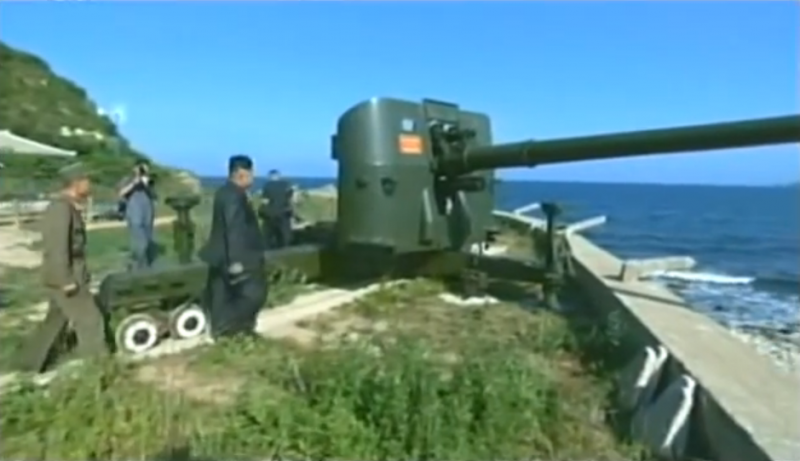

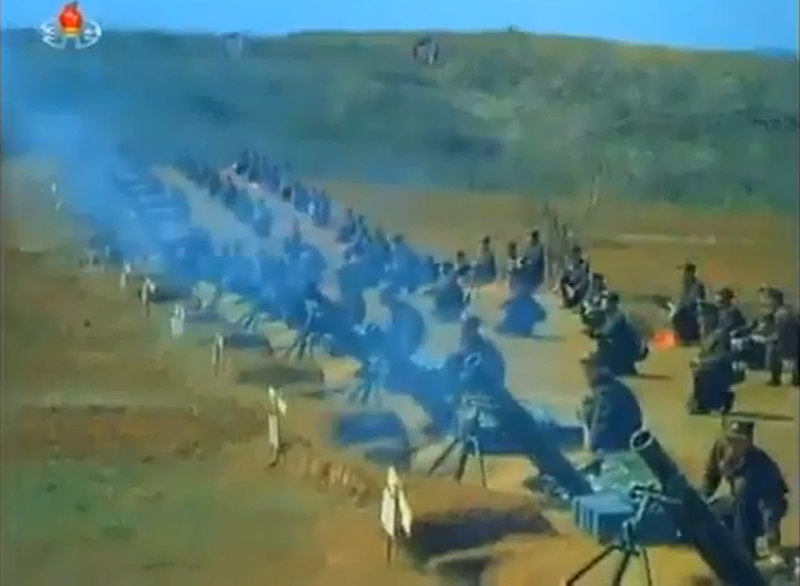
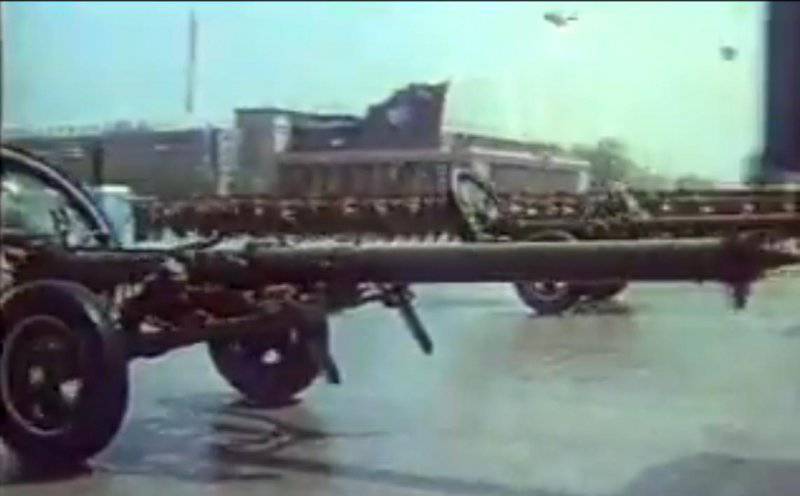
Information